Best Timing for Siding Panel Installation

Spring offers moderate temperatures and less humidity, ideal for siding panel installation.

Summer provides longer daylight hours, but high temperatures and humidity can affect materials and work conditions.
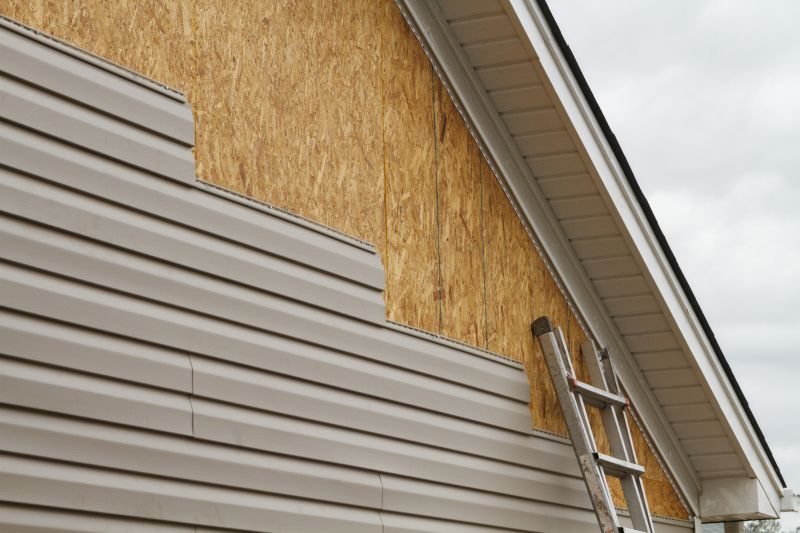
Fall's cooler weather and dry conditions make it a preferred season for siding projects.
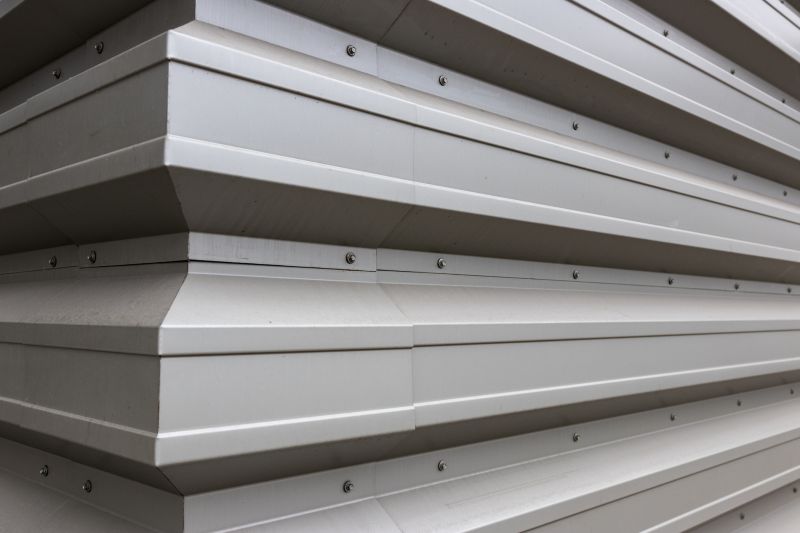
Ways to make Siding Panels Installations work in tight or awkward layouts.
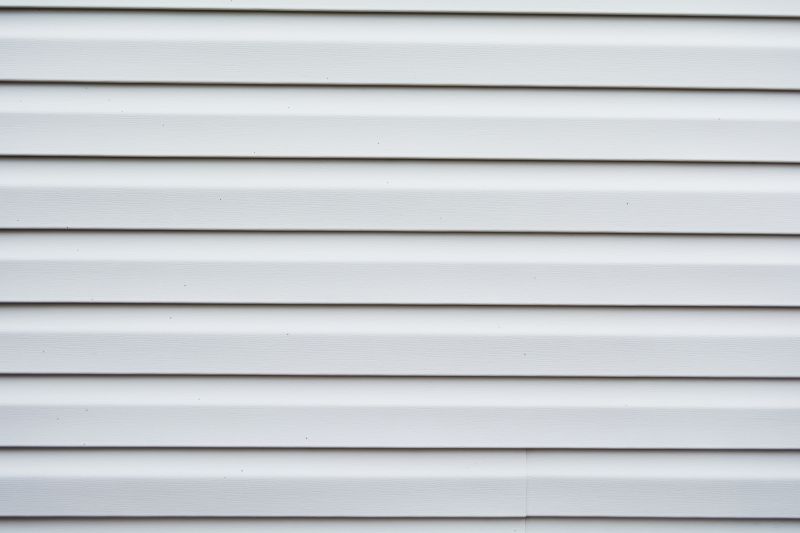
Popular materials for Siding Panels Installations and why they hold up over time.
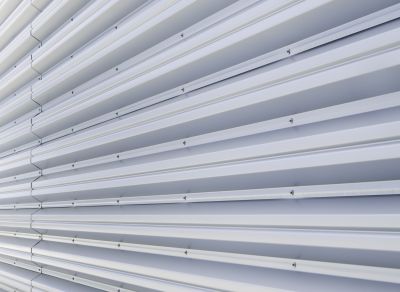
Simple add-ons that improve Siding Panels Installations without blowing the budget.

High-end options that actually feel worth it for Siding Panels Installations.
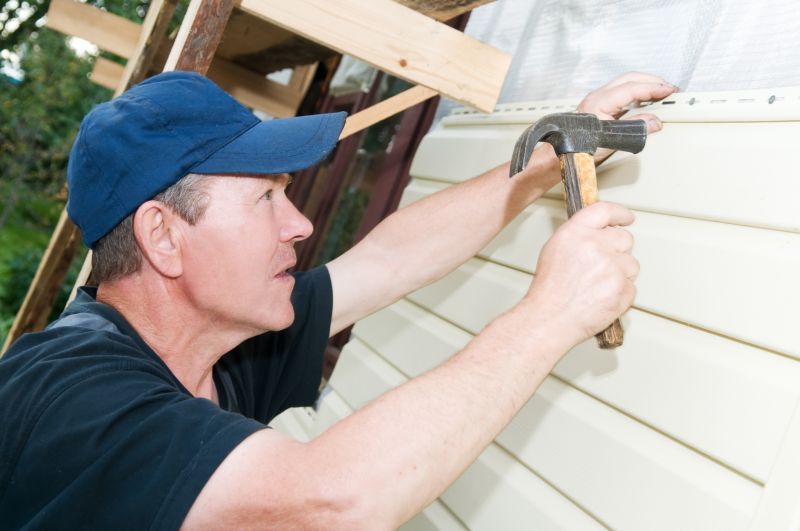
Finishes and colors that play nicely with Siding Panels Installations.
Siding panels installation is a significant aspect of building exterior upgrades, influencing both aesthetics and structural protection. Proper timing ensures optimal adhesion, reduces weather-related delays, and extends the lifespan of the siding. Weather conditions such as temperature and humidity can impact the installation process, with ideal conditions typically being mild and dry. According to industry data, scheduling siding projects during moderate weather can reduce installation issues by up to 20%, leading to better durability and appearance.
Choosing the right season for siding panel installation can also minimize disruptions caused by extreme weather events. Spring and fall are generally considered optimal, offering stable conditions that support high-quality work. Proper planning based on local climate patterns can contribute to a successful and long-lasting siding installation, ensuring that the panels perform effectively over time.
Most siding materials adhere best in temperatures between 50-85°F, preventing warping or improper sealing.
High humidity can lead to moisture issues; installing during dry periods helps maintain siding integrity.
Rain or snow can delay installation and compromise material quality, making dry seasons preferable.
Proper installation during suitable weather extends siding lifespan and reduces maintenance needs.

Workers installing siding panels amidst blooming trees and clear skies.
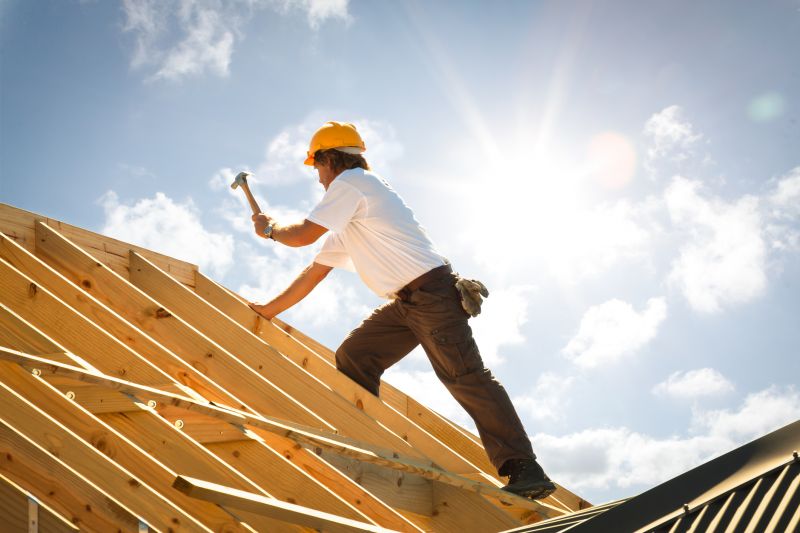
Construction activity on a sunny summer day with proper shade and hydration measures.

A crew working during fall with colorful leaves in the background.
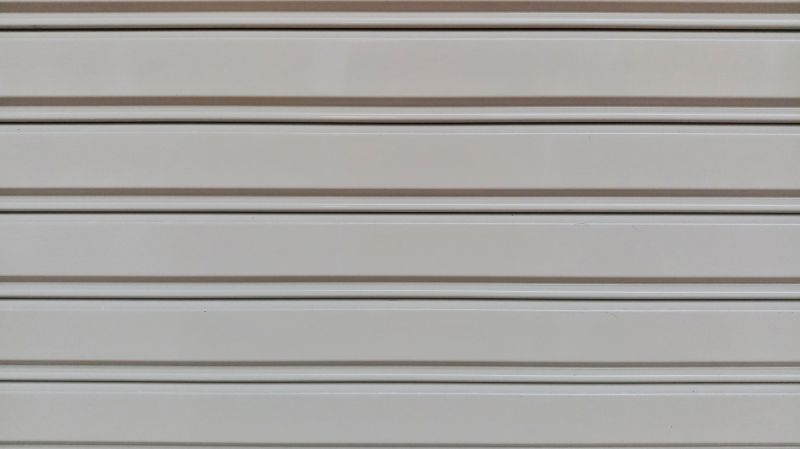
Close-up of siding panels designed for durability in various weather conditions.
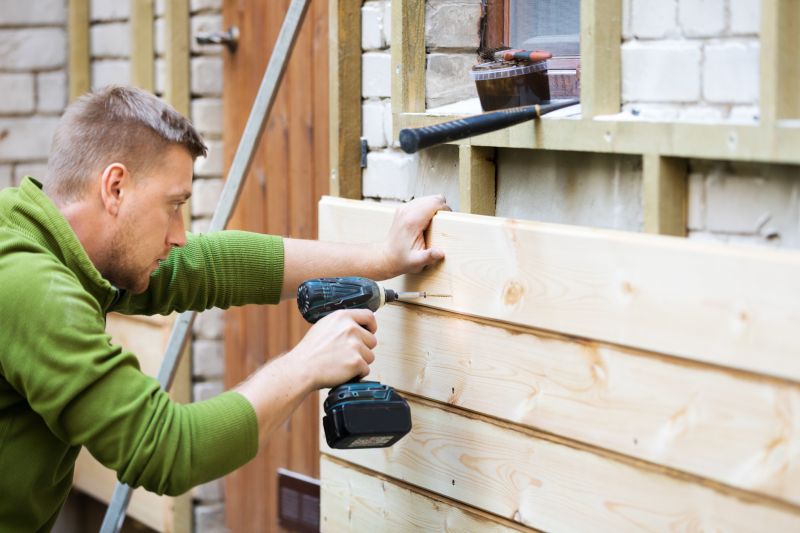
Workers preparing the exterior surface before siding panel installation.
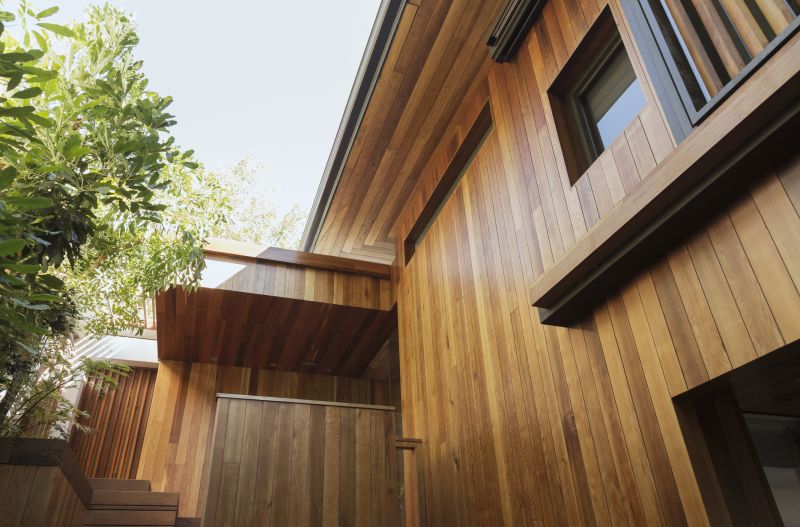
Siding panels stored in a dry, covered area ready for installation.

Completed siding installation showcasing a clean, professional look.

Workers using specialized tools for precise siding panel fitting.
| Season | Advantages |
|---|---|
| Spring | Moderate temperatures and low humidity support quality installation. |
| Summer | Longer daylight hours; requires measures against heat and humidity. |
| Fall | Cool, dry conditions ideal for siding installation. |
| Winter | Typically not recommended due to cold and moisture risks. |
| Late Spring/Early Fall | Optimal transition periods with stable weather. |
Selecting the appropriate season for siding panels installation can significantly impact the durability and appearance of the finished project. It is advisable to avoid extreme weather conditions such as heavy rain, snow, or intense heat, which can cause delays and compromise materials. Proper timing, combined with weather monitoring, ensures the siding performs as intended and maintains its aesthetic appeal for years to come.
Those considering siding panel installation are encouraged to evaluate local climate patterns and consult with professionals to determine the most suitable time for their project. Planning ahead can help avoid weather-related setbacks, optimize resource use, and achieve a high-quality result that enhances the property's exterior.
Interested parties can contact for more information or to schedule an installation. Filling out the contact form provides an opportunity to discuss specific needs and receive tailored guidance regarding optimal timing and material options for siding panels.
